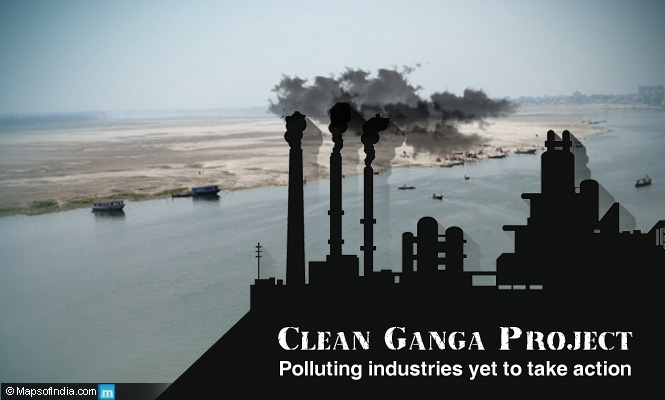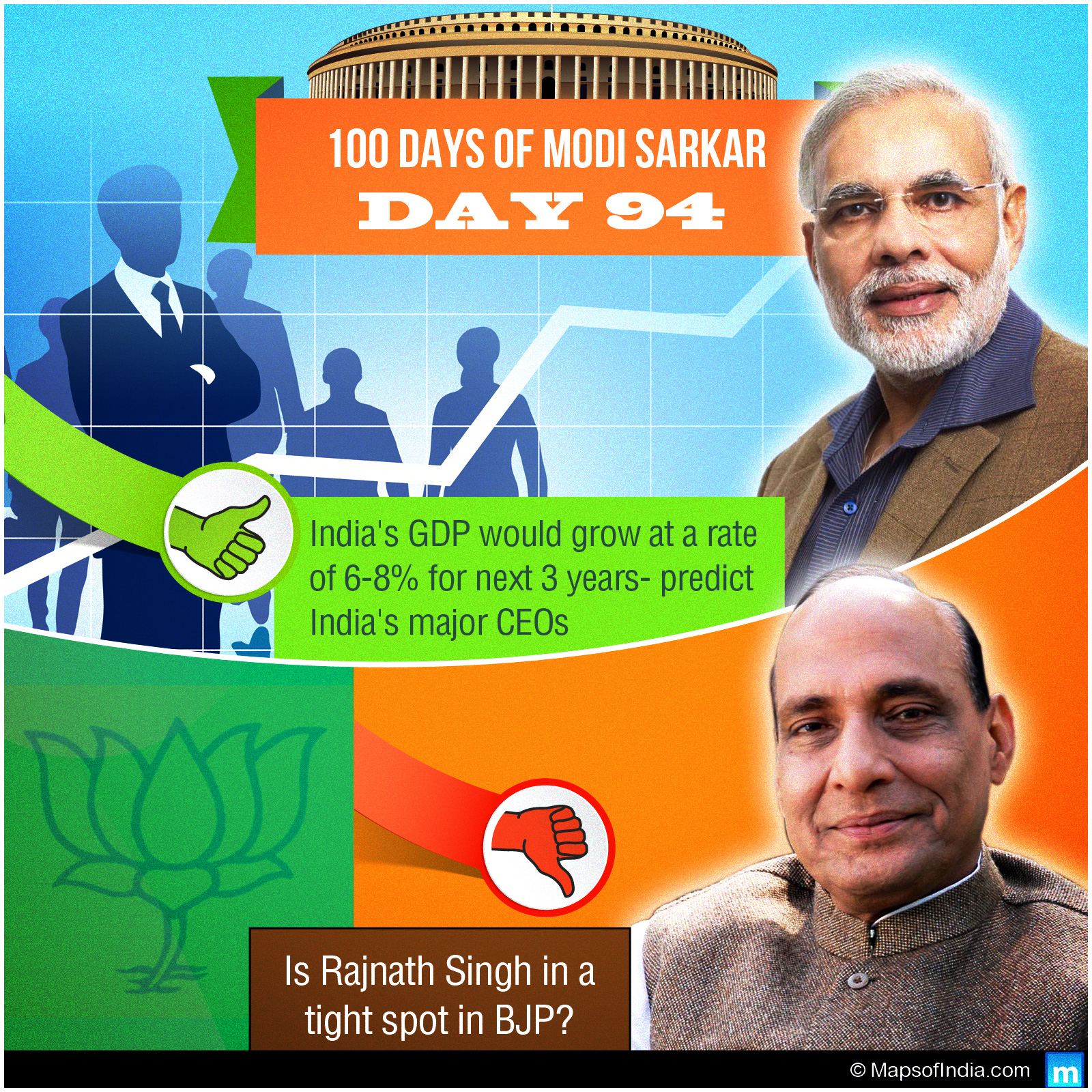From now on, people who think of polluting river Ganga or even putting hindrances in its natural flow could be made to think twice before they try to partake in any such activity. The main reason for that is the fact that the Indian Government is looking to come up with a law that will make such activities punishable. The main aim behind this legislation would be to make sure that in no way are its efforts to clean up the huge river impeded. Uma Bharti, the Union Minister of Water Resources, River Development and Ganga Rejuvenation, has indicated as such during a recently organized press conference.
Law soon for stopping Ganga’s pollution
However, Bharti, who in many ways is the force behind what is regarded as the dream project of Narendra Modi, has said that such a law would only be the last option. It is also being reported, though, that the national administration is in the process of coming up with such a law. In fact, some parts of the same had already been created when the United Progressive Alliance was in power. However, they could not be completed owing to several issues with formation of policies and hindrances such as widespread corruption.
Clean Ganga drive initiated by RSS volunteers
The volunteers of the Rashtriya Swayamsevak Sangha have started a Clean Ganga campaign in Bihar. This is a component of the countrywide programme that they are looking to take upon in this regard. Swant Ranjan, who is the regional pracharak for Bihar, Jharkhand and north-eastern States, has led the movement. Under him, volunteers of the organization visited 20 ghats between Khajekalan and Digha and then cleaned the places up. They went to prominent ghats such as Bans Ghat, Krishna Ghat and Pahalwan Ghat with brooms and asked the locals to keep the places clean.
During the entire process, Ranjan also stated that Ganga needed to be the cleanest river in India and the Government needed to provide help in cleaning it up. He also asked that sewage not be dumped into the river and wanted the Patna Municipal Corporation to build treatment plants on the banks. He also said that the PMC needed to erect urinals and toilets on the banks of the river so that people do not defecate in the river itself. He also pointed out that RSS volunteers have cleaned 400 ghats between Kahalagaon and Buxar.
NRIs excited in helping with Clean Ganga project
When he started the Clean Ganga campaign, Narendra Modi had appealed to the non-resident Indians to be a part of the project as well. From the looks of it the appeal has had some sterling success with the NRIs, persons of Indian origin (PIOs), and researchers from different parts of the world now trying to take part in the same. A number of NRIs have been spreading awareness regarding the programme and also donating money and some of them have come forward in order to adopt ghats.
According to officials, the NRIs have been sending lots of emails expressing their interest in taking part in the programme and also offering their expertise for the same. The officials are finding this show of interest to be very encouraging. The technological help being offered by these entities could be of immense help in executing the project successfully.
World Bank assistance to Clean Ganga
The Indian Government may be very keen when it comes to make Ganga one of the most important waterways in India but this enthusiasm is yet to reflect on the World Bank, which is still undecided on providing financial assistance to the project. It has said that it will perform an assessment of the social as well as environmental effects of the said project and then come to a decision as to whether it will give aid or not. The explanation in this case is that such an assessment would help it understand how much financial help needs to be provided.
The Indian Government had already sent a proposal in June last to this effect to the World Bank and it has been acknowledged by the officials of the global body. In the proposal, the Central Government had asked for technical help as well as a certain level of investment support that would help with increasing the project’s capacity. The stretch of the river lying between Barh in Bihar and Haldia in West Bengal was the one in question over here. This one is also used as a waterway.
Cheap technology
One of the major problems that the Clean Ganga project could face is the relative lack of technology that is efficient, can be used in a small amount of time, and is viable from an economic point of view. The fact that the project is now about to enter the phase of execution – a very critical one indeed – makes this absence or shortfall assume more serious proportions. Even though it seems like just a technical problem it could actually turn out to be a very complicated issue.
The river flows through five States and in these States about 700 industries are discharging effluents into the river. The most serious pollutant among them has been the paper and pulp sector. The most important target as of now should be to make them revert to a mode where they do not pollute the river any more but that is always easier said than done. There have been several consultations between various stakeholders in the project where the owners of paper mills have stated that they may not be able to carry out some measures suggested in the charter that has been provided to various industries.





